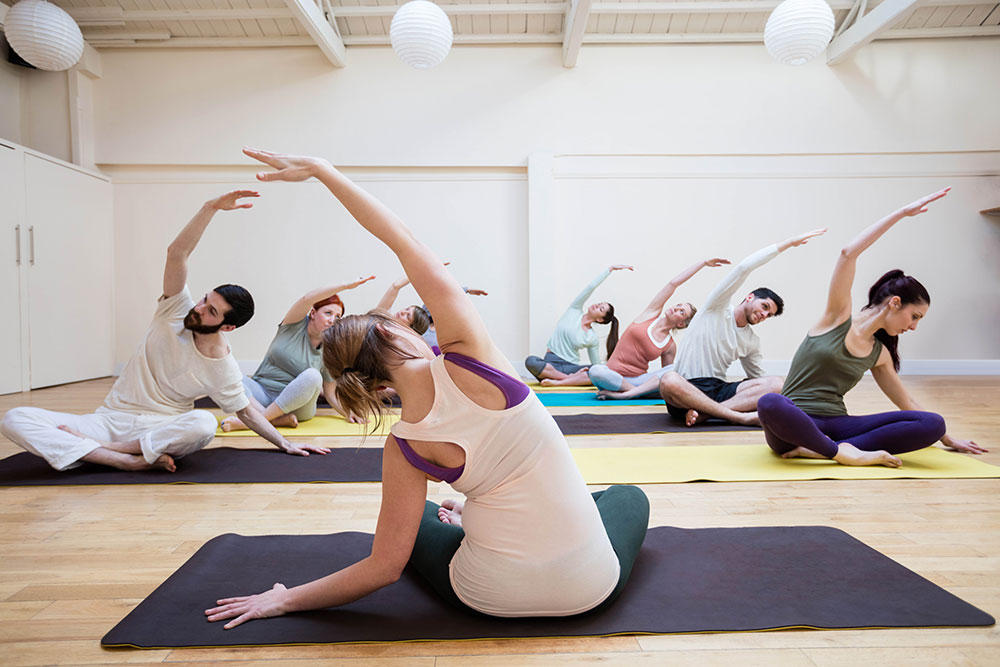
Understanding fibromyalgia - How yogic therapy can help
For years, fibromyalgia was a condition unknown to the world of medical science, hard to diagnose and perplexing for the patient. The chronic musculoskeletal syndrome is not really a disease and has no cure. Those suffering from it have no other option but to live with it and tweak their lifestyle to get some relief.
With a regular practice of yoga and pranayama, symptoms of fibromyalgia can be managed.
What fibromyalgia feels like - the symptoms
Fibromyalgia is characterised by pain in muscles, ligaments, and tendons – the soft fibrous tissues in the body. Most patients with the condition say that they ache all over. Their muscles may feel like they were pulled or overworked. Sometimes, the symptoms may include muscle twitches and burning sensations. More women than men are afflicted with fibromyalgia and it shows up in people of all ages.
A conservative estimate of its prevalence is about 2 percent of the general population but it may actually affect around 3-5 per cent of the population.
"Don’t suffer in silence. Yoga and pranayama are known to have alleviated some of the most debilitating conditions in people. Fibromyalgia is something that can be effectively managed with a consistent practice of yoga," says Yogi Anoop.
Experts believe the condition to have links with physical and emotional (psychological) stress. Therefore, managing stress and anxiety, as well as their manifestation in the body, becomes an important aspect of dealing with the condition.
Here are some yoga postures that can be learned and practised regularly to get some relief from fibromyalgia and strengthen the entire body.
Shashankasana
Also known as 'the pose of the moon' or the 'hare pose', the asana has a calming and soothing effect and relaxes the mind. Start the pose by sitting in Vajrasana (thunderbolt pose). Inhale and raise your arms up and slowly bend forward with your forehead touching the ground. Your arms should be completely stretched out in front while you continue to breathe normally. Hold the pose for a second and inhale while bringing your arms and chest back to the normal position in Vajrasana.
Tip
If you feel pain in the lumbar or the cervical region of the spine then do not hold the pose for long. Those with a slipped disc should avoid practising this asana.
This posture is very beneficial for those with a stiff spine. It gives a nice stretch to the entire spine and is also very relaxing for the entire body.
Goumukhasana (cow face pose)
In yogic practice, this posture holds great importance, especially for those who suffer from neck and cervical spondylitis. This is also great for alleviating stress and quietening the mind.
Technique
Sit comfortably while keeping your back straight and spread your legs. Close your eyes and inhale deeply for over a couple of times. Now fold your left leg from the knee and touch the heels to the right hip. Your right leg should be kept on the side of the left leg. The knees should be kept one upon the other. Now, take your right arm up and bend it from the elbow to place it on your back. Your left arm should go downward and behind your back to lock with the other.
Make sure your neck is straight and the chest is blown outward. Look straight and breathe normally for half a minute. Repeat on the other side.
Tip
While doing this exercise always be alert toward your breathing. Make sure you breathe normally. Concentrate on the interlocking of your hands behind your back.
This posture makes the chest, the thoracic and the cervical part of the body stronger. Even the lungs and the trachea get strengthened and all obstruction related to these parts are gradually resolved by practising this posture regularly.
Marjariasana (cat pose)
This posture gives a complete stretch to the spine and strengthens the motor nervous system simultaneously. It is also beneficial for the diaphragm and helps in controlling lung-related diseases.
The posture also helps in enhancing the lung capacity and makes them stronger. The pose is beneficial for all age groups. Doing this exercise regularly helps in controlling breath-related problems.
Technique
Sit in Vajrasana and take two or three deep breaths. Get on to your knees and put your palms on the floor, right under the shoulder. Breathe normally and bend your waist so that your back makes an arch and raise your head. Stay in the position for 10 seconds, keep breathing normally. Exhale and bring your head downwards and spine in the form of a bow. Stay in the position for 10 seconds, repeat 5 times.
Tip
While inhaling, bend your spine downwards as you do in Bhujangasana. While exhaling, make a bow shape with the spine.
Asthma patients should not stop breathing while practising the pose.
Shalabhasana (locust pose)
This is one of the most effective poses for the lower back and is a great way to work the entire body. Begin by lying down on your stomach and rest your chin on the ground. Your spine should be straight and forehead relaxed. Stay in this position and take a deep breath. While inhaling, raise your right leg as straight and easily as you can. Hold the position and hold your breath for a few seconds. Bring the leg down while slowly exhaling at the same speed.
Repeat with the other leg, followed by practising the asana with both the legs. Repeat 10 times with each leg and 5 times with both legs.
The asana is excellent for the health and fortification of the lumbar region. It improves the coordination between disc and vertebrae and brings the navel (nadi) in alignment.
Tip
As you lift your leg, ensure that you feel some strain in the navel region. At this point, keep inhaling slowly and in tandem with the speed of the leg that is being lifted. Your breathing should feel normal. Those who suffer from acute back problems should avoid practising this exercise with both legs. Do not turn your neck sideways during the exercise.
Bhujangasana (cobra pose)
Practising the cobra pose is excellent as it gives a nice stretch to the back muscles and the spine. The posture revs up blood circulation to the spinal region. This is one of the asanas that prevent many ailments altogether. The pose enhances mental stability and maintains peace of mind. It also helps in increasing the parasympathetic nerves and motor nerves system.
Technique
Lie down on the stomach with legs together, those who suffer from obesity can spread their legs a bit. The chin should touch the ground and each palm should be in line with each shoulder. As you inhale, slowly raise the upper body just like a snake and hold the posture for 5 to 10 seconds. Do not hold the breath; slowly return to your original position while exhaling.
Tip
Do not hold your breath while holding the posture. Keep the elbow straight. Roll your shoulders back, take the head back slightly and look up. You can stay in this pose for 5 to 10 seconds after you have practised for several days and are comfortable with the pose.
You should be able to feel some stress in your spine, upper stomach and the diaphragm. Those with any surgery in the lumbar region of the spine should practice this posture with legs apart.
People suffering from a slipped disc can benefit a great deal out of this asana. It strengthens the lumbar region by increasing the blood circulation and also balances the digestive and the excretion processes of the body. It activates the liver and kidneys and alleviates stress.
Bhujangasana helps regulate pituitary gland secretions and problems related to menstruation besides other gynaecological issues and sexual disorders.
A regular practice all the above-mentioned asanas can help alleviate symptoms of fibromyalgia and can prove effective in managing the condition. A personal consultation with Yogi Anoop can give you a chance to get a customised plan involving dietary tweaks and an easy-to-follow exercise routine based on your Ayurvedic constitution.
Copyright - by Yogi Anoop Academy
